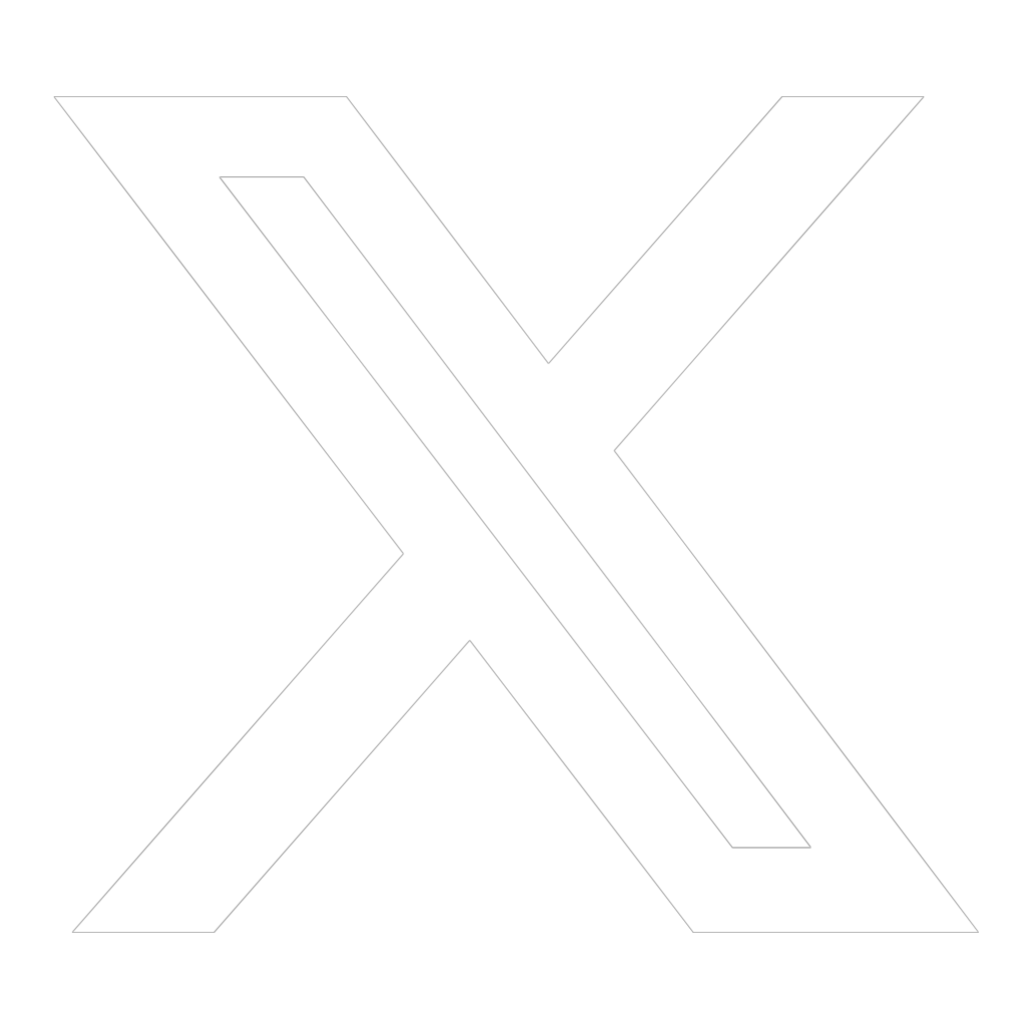What is GraphRAG? Is it Better than RAG?
Graph Retrieval-Augmented Generation (GraphRAG) is an advanced approach in natural language processing (NLP) that combines the strengths of graph-based knowledge retrieval with large language models (LLMs) such as GPT-4, Llama 3, and Gemini.
The core idea behind GraphRAG is to improve the generation of coherent and contextually relevant text while reducing AI hallucinations by leveraging structured data represented as graphs.
But how much more effective is GraphRAG vs. baseline retrieval-augmented generation? Read on to find out.
What is Retrieval-Augmented Generation (RAG)?
Retrieval-augmented generation (RAG) helps ground an LLM with accurate, up-to-date information outside its training corpus by allowing the model to query real-world data to inform its responses. Models are combined with a vector database that help it learn and adapt in real-time.
RAG is sometimes described as “the difference between an open-book and closed-book exam.” It’s often used for applications where accurate, sensible real-time answers are critical, which is why it’s popular for chatbots, virtual assistants, and similar applications. Its implementations include three main components:
- Input encoder (processes user prompts).
- Neural retriever (searches the knowledge base).
- Output generator (creates the output).
RAG has been shown to help decrease AI hallucinations by providing models with the most recent proprietary and contextual data, along with greater transparency (including the divulging of source lists) and a reduced need for model parameter updates and ongoing training.
What is GraphRAG?
Baseline RAG has, however, been shown to struggle to connect disparate pieces of information or to understand summarized semantic concepts within large amounts of information.
To combat this, Microsoft Research recently announced a new approach: GraphRAG. This approach creates a knowledge graph based on the queried dataset—as opposed to baseline RAG, which stores the data in unstructured text. A knowledge graph represents knowledge and its relationships as nodes and edges.
These knowledge graphs are then used with graph machine learning to improve the model’s ability to answer nuanced and complex queries.
Here’s an example of how GraphRAG works compared to baseline RAG:
Baseline RAG
The sentence “Albert Einstein developed the theory of relativity, which revolutionized theoretical physics and astronomy” would be stored and queried as unstructured text.
GraphRAG
The sentence would be stored as the following knowledge graph:
Nodes: Albert Einstein, theory of relativity, theoretical physics, astronomy
Edges: – (Albert Einstein) – [developed] → (theory of relativity)
– (theory of relativity) – [revolutionized] → (theoretical physics)
– (theory of relativity) – [revolutionized] → (astronomy)
Advantages of GraphRAG
Knowledge graphs combined with LLMs allow models to more accurately answer more complex queries in real-time. GraphRAG does this through:
- Better explainability (by providing source documents); and
- Reduced hallucinations for improved accuracy and credibility.
GraphRAG improves the retrieval element of the three components of RAG we mentioned earlier. According to Microsoft, it “populates the context window with higher relevance content, resulting in better answers and capturing evidence provenance.”
This evidence provenance through source indication allows human users to much more quickly verify the LLMs answers, unlike baseline RAG or indeed any other kind of LLM, which are essentially black boxes to most of their users.
Challenges of GraphRAG
GraphRAG isn’t without its challenges, however. First off, constructing knowledge graphs isn’t easy and requires sophisticated relationship identification and entity extraction techniques.
In plain English, that means GraphRAG requires a lot of compute power—which can get super expensive as graphs become larger and more complex. But ensuring the accuracy and quality of the underlying graph data is crucial for reliable information retrieval and generation.
Knowledge graphs can also be difficult to scale as they grow and become ever more complex. Optimizing retrieval performance for massive graphs is a priority for GraphRAG to be a realistic option for applications requiring large-scale knowledge bases.
A related issue is that knowledge bases always need to be updated, which can get expensive in business verticals with constantly changing state-of-the-art information, such as medicine and technology.
Conclusion
GraphRAG represents a significant advancement from baseline RAG because it leverages structured knowledge from graphs to enhance the contextuality, accuracy, and relevance of generated text across various applications. Its ability to query relevant and recent structured data makes it an ideal solution for chatbots and other real-time applications.
But it can also get expensive in terms of keeping knowledge bases updated and acquiring enough compute power to build and query large and complex knowledge graphs.
CapeStart’s teams of machine learning engineers and data scientists can guide you in your LLM journey as you determine which approach is right for your needs and your business. To set up a one-on-one discovery call with one of our experts, contact us today.


